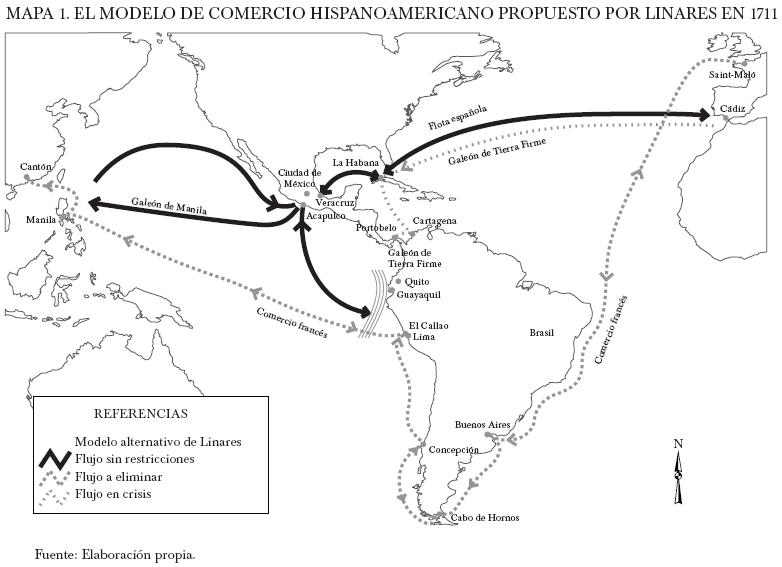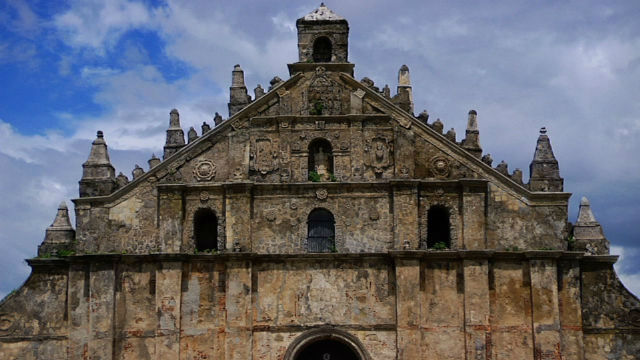Emerging of the new trading network. Rise of Hội An and Phố Hiến
By the time stability and prosperity returned to the Red River Delta in the mid-sixteenth century under the new coastal Mạc dynasty (1528–92), including renewed ceramic production, a total change had occurred in the international trade system. The Portuguese had taken Malacca, and a new commercial regime was developing. As Pires noted for both Đai Viêt and Champa, they played little direct role in the new system. By the middle of the sixteenth century, according to da Cruz, Đai Viêt, although doing well, was not part of the international economic system. Pires and da Cruz mentioned no ports of any consequence on the eastern seaboard of the Southeast Asian mainland. Hence we arrive at the “Mac gap” and the disappearance of the Jiaozhi Yang system.
Through much of the sixteenth century, the commercial situation around the South China Sea remained quite fluid, with the ever dynamic wokou (mixed Japanese and Chinese pirates) and traders active there. Eventually, in the second half of the century, the Portuguese set themselves up in Macao and the Spanish in Manila, as the Ming were opening up trade on their southeast coast and Japan was emerging from its civil wars.
In the midst of all this, a new commercial system began to form along the coasts of Đai Viêt and the remaining Champa polities (Kauthara and Panduranga), just as the Vietnamese southern push began to get underway in earnest.
In the south, instead of a port reappearing at the “New District” (Xinzhou, or Thi Nai) in what is now Quy Nhơn, where one had existed since the twelfth century, the new port of Hôi An rose at the pre-twelfth century port of Jiuzhou (the “Old District”), where the Cham polity of Amaravati had done its trading. Here Chinese and Japanese would gather to trade with each other, as well as with Vietnamese, other Southeast Asians, and Europeans.
Encouraged by the rising Nguyên polity on Đai Viêt’s southern border, this new trading regime expanded greatly. To the north, the inland port of Phố Hiên and the capital of Đai Viêt itself would eventually join the new seventeenth-century international trade system, although without long-term success.
Thus, for a hundred years, from the mid-fifteenth century to the mid-sixteenth, events in Đai Viêt seem to have controlled the Jiaozhi Yang system, both positively and negatively, eventually leading to its destruction. Where Thi Nai and Champa had been the most important part of the system through the first two thirds of the fifteenth century, Lê Thánh Tông’s strong and pragmatic bureaucratic state seems to have taken control of the system over the final third of the century and into the early sixteenth, eliminating Champa as a major competitor and opening the way for Đai Viêt’s own productivity to feed directly into the system. Though we have no knowledge of customs duties or government fees, the profits from this system must have helped underwrite the expenses of the burgeoning state. This all collapsed, internally and externally, apparently following the spiraling demands placed on key local areas under Uy Muc Ðế and his grasping relatives, and any hope of revival was crushed by the political chaos that followed. By the time the Mac were established on the throne, the international commercial system itself was changing dramatically to the detriment of Đai Viêt’s participation. It was only toward the end of the sixteenth century that the maritime system reformulated itself, now focused on Hôi An in the south.






